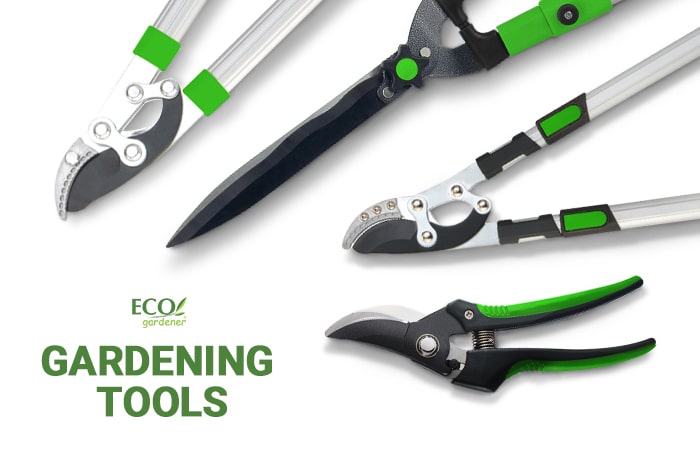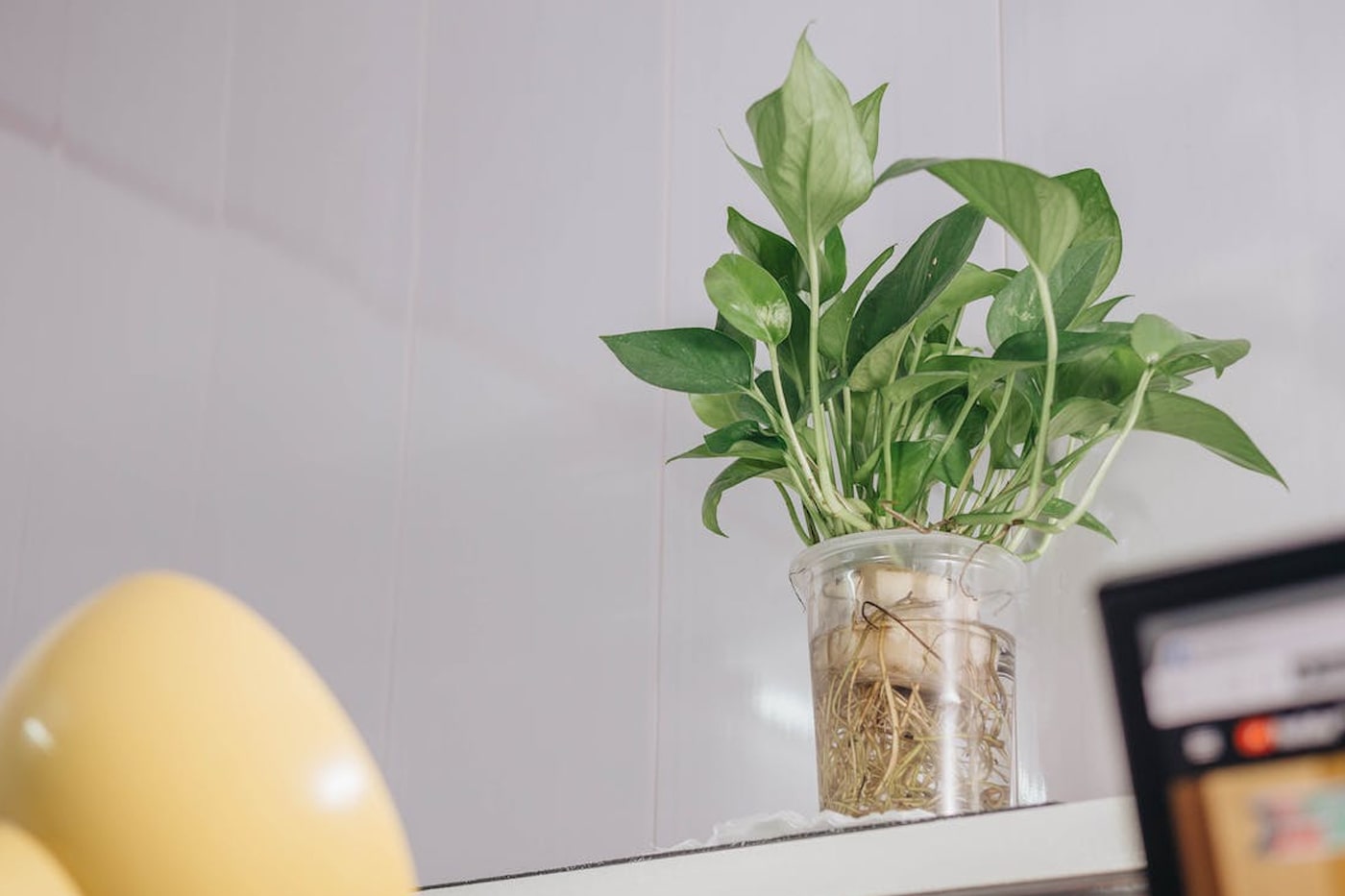Are you thinking of growing more plants in the garden? Before you raid the nearest plant nursery, consider using the plants you already have in your garden to propagate! New to plant propagation? It’s easier than you think! In this guide, let’s talk about the basics of propagation – what techniques are best for certain plant varieties, propagation hacks and essential garden tools to invest your hard money in.
What is Plant Propagation?

Plant propagation is a technique that enables growers to reproduce plants from a single parent plant. Unlike normal plant reproduction, like seed starting, propagation lets you grow new plants from semi-mature plants. You’ll spend less time waiting for seedlings to sprout. There are different plant propagation techniques, and we will discuss each one in length.
5 Common Plant Propagation Techniques

Cutting: This propagation technique involves cutting a parent piece and then growing the propagated plant. There are four types of cutting techniques: softwood cutting, hardwood cutting, leaf-cutting and stem cutting.
• Softwood cutting: A type of stem cutting taken from new branches of shrubs. The stems are not woody, hence the name, softwood cutting. Softwood cutting is best done in late spring to early summer when the soil is soft and plants have many new growths.
• Hardwood cutting: The cutting from woody plant stems. This technique is done when the plant is dormant, which is late fall to the winter season. Of all cutting techniques, hardwood cuttings are the hardest to get to root.
• Leaf-cutting: As the name implies, leaf-cutting is cuttings from plant leaves. This is best done to succulents and houseplants with fleshy leaves. Leaf-cutting can be done any time, any season.
• Stem cutting: Stem cutting works best with annuals, vegetables, and house plants. A piece of stem with several leaves is cut and then attached to a planting medium. You’ll use hormone powder to speed up the rooting.
Layering: A plant propagation technique that involves bending, binding, and burying plant branches into the ground and allowing the stems to root. After sprouting roots, the buried plant branch is cut from the mother plant and grown into a new plant. Layering is best done early in the spring to late in the summer.
Division: This technique involves breaking clumps of plants apart to form new ones. It’s often applied to perennials and spring-to-summer flowering plants at least two years old. Plants are divided by digging and moving each to a pot or a site in the garden prepped for planting. Each plant must have its own bulb, roots, or tubers to grow as a single plant.
Grafting: This technique involves cutting a stem of one plant and then attaching it to the stem of another plant to form a unit and, eventually, live as one plant. Grafting is one of the oldest propagation techniques. It is used to add one plant’s desired trait to the other. It’s a complex process, but when done right, grafting makes new plants resistant to specific plant diseases or enhances crop production and flavor.
Budding: This method involves cutting a mature bud of one plant and then attached to an incision on another plant stem. The bud then grows into the plant stem as a new plant. Budding is often applied to fruit trees to boost production. It’s best done late in the growing season.
Tips for Successful Plant Propagation
Plant propagation is easy, but some important factors must be considered. Here are some tips to ensure propagation success:
Use healthy mother plants: You don’t want diseases and pests to spread all over the garden, much more on plants you want to use to propagate new plants. That’s why it’s essential to start with a healthy mother plant. The mother plant should be free from diseases and pests. It should be healthy enough to survive occasional cuttings.
Go soil-less: You can plant cuttings in a pot but for higher chances of success, go soil-less. Regular potting soil might prove too rich for tender shoots. We suggest combining one part vermiculite and one part perlite or builders sand to grow propagated plants. Once established, you can transfer the new plants to a pot with soil.
Use hormone/rooting powder: Rooting or hormone powder contains nutrients that heal cut stems and boost plant nutrient intake. Propagated plants are vulnerable to diseases, particularly fungal infections. Using hormone powder, the cuttings will create a seal that makes the new plant resistant to common diseases.
Basic growing requirements: Propagated plants must be exposed to bright light at certain hours of the day and watered accordingly. If you are growing the propagated plants indoors, use grow lights; otherwise, choose a spot that gets a lot of bright (not direct) sunlight in the mornings. Water the plants twice per week unless the plant hates moist soil. Choose a spot with excellent air circulation to prevent diseases and pests from infecting the new plants.
Plant Propagation with ECOgardener

Plant propagation is easy, especially with the right garden tools. A hand pruner, for example, is one of the best tools for propagating different plants. Use a hand pruner with sharp blades to take on softwood and hardwood alike!
You can also choose growing plants from seeds. ECOgardener offers herb starter kits that are perfect for indoor and outdoor gardening. It comes with all the items you need to make an urban garden in your windowsill, balcony or kitchen.
ECOgardener is your ultimate partner offering gardening solutions to help you with plant propagation. Check out our shop for quality gardening essentials.



